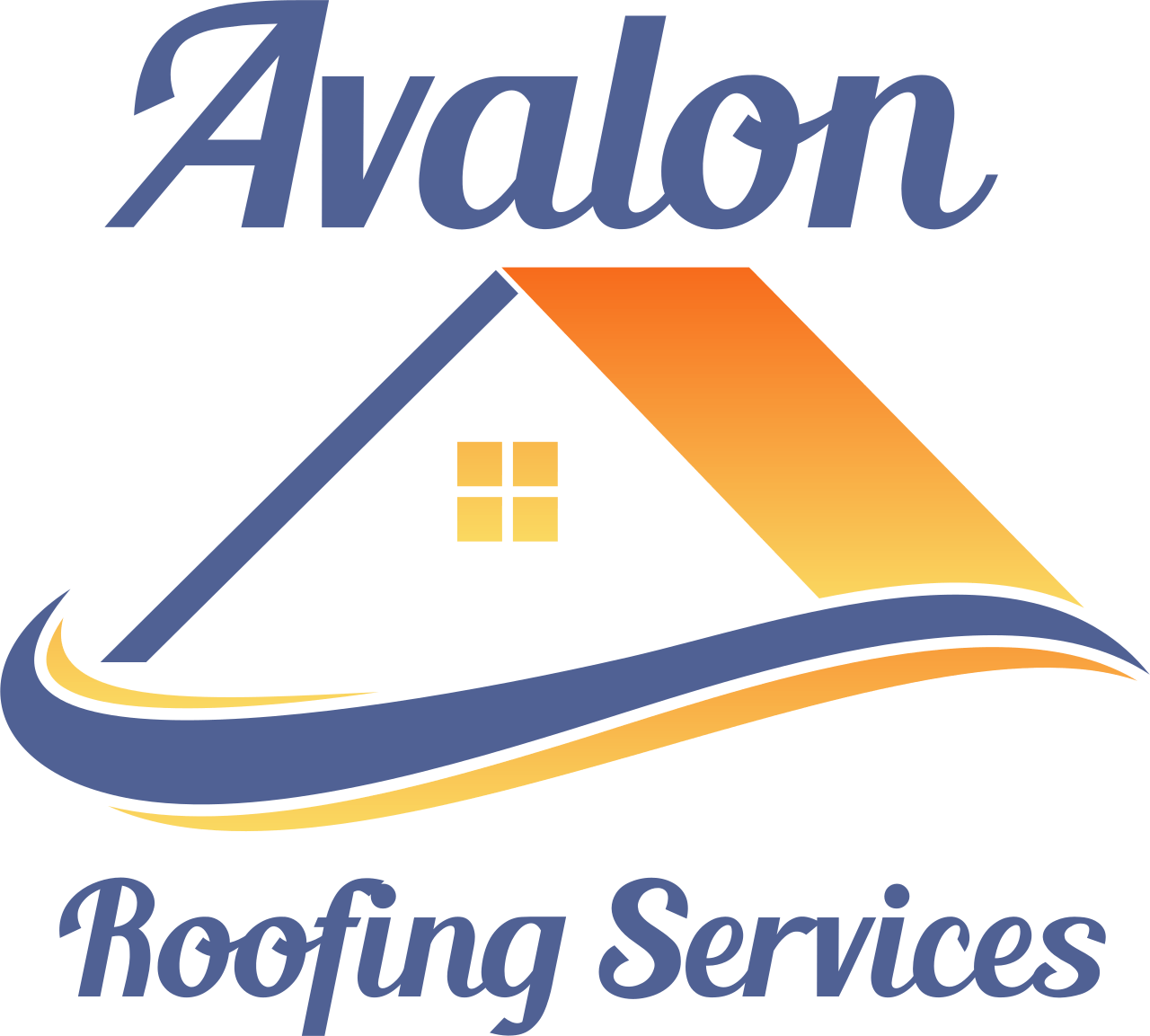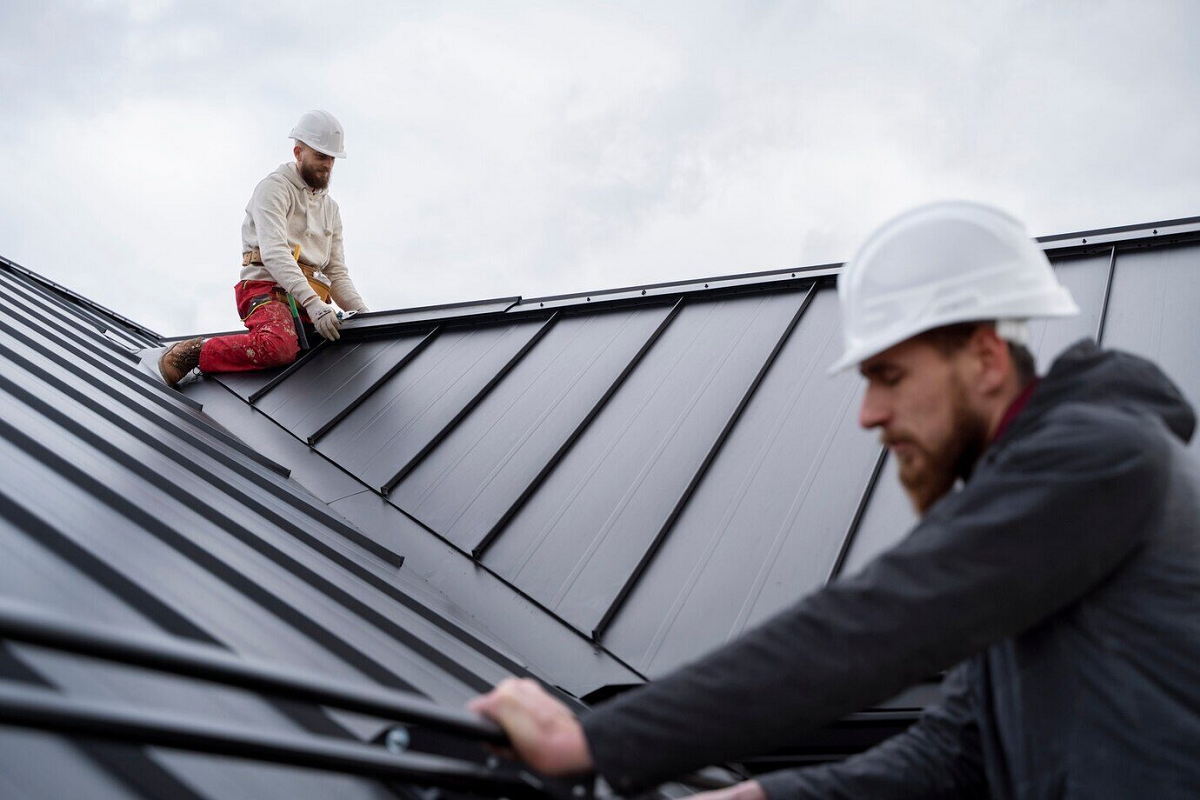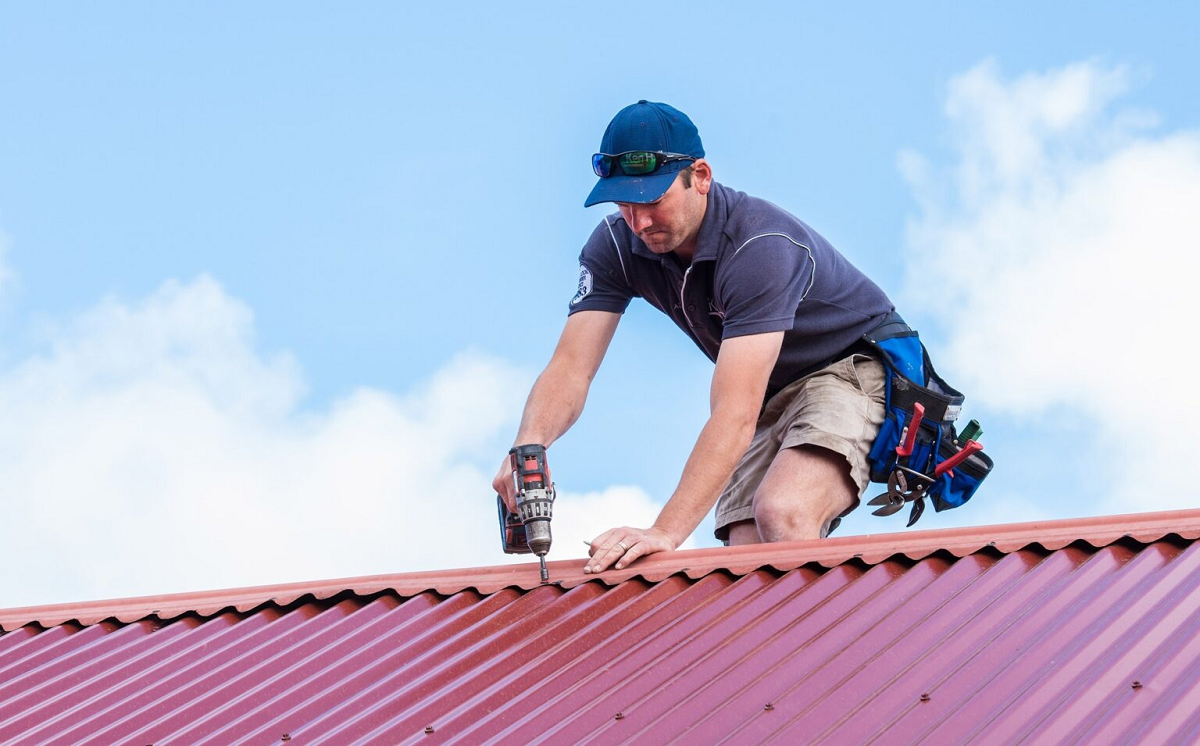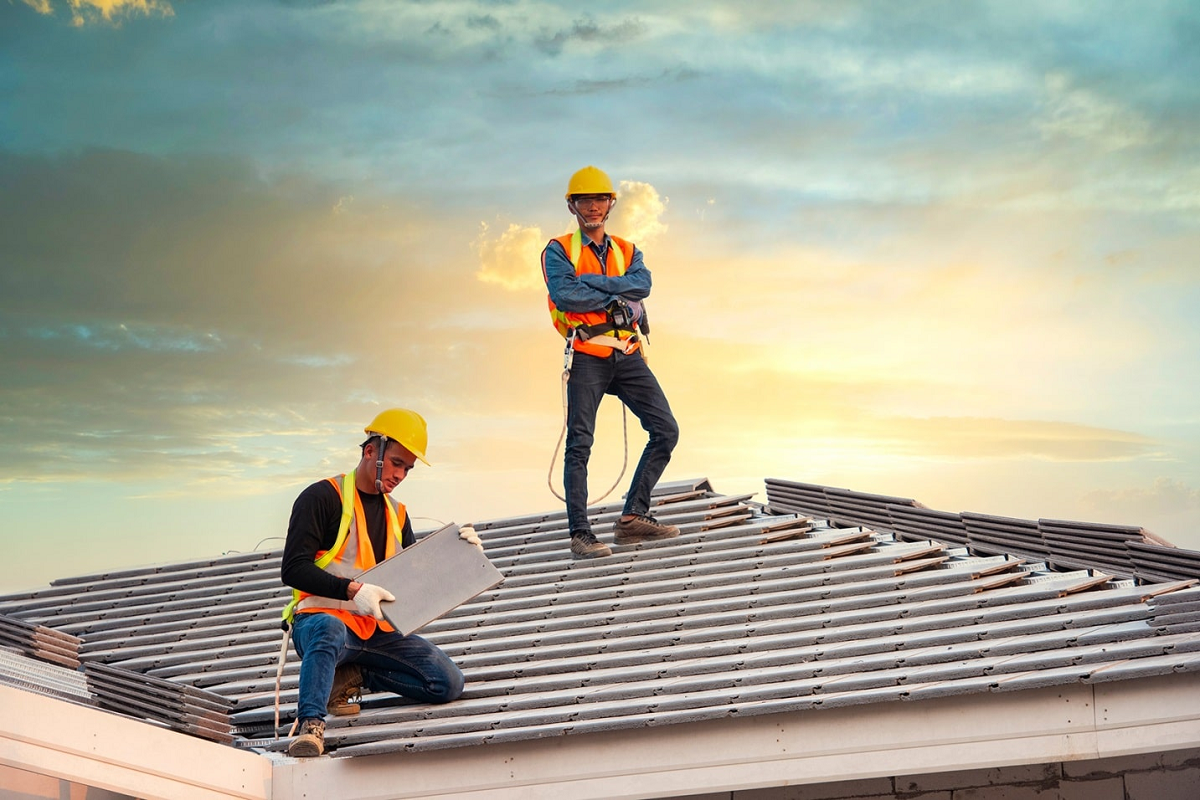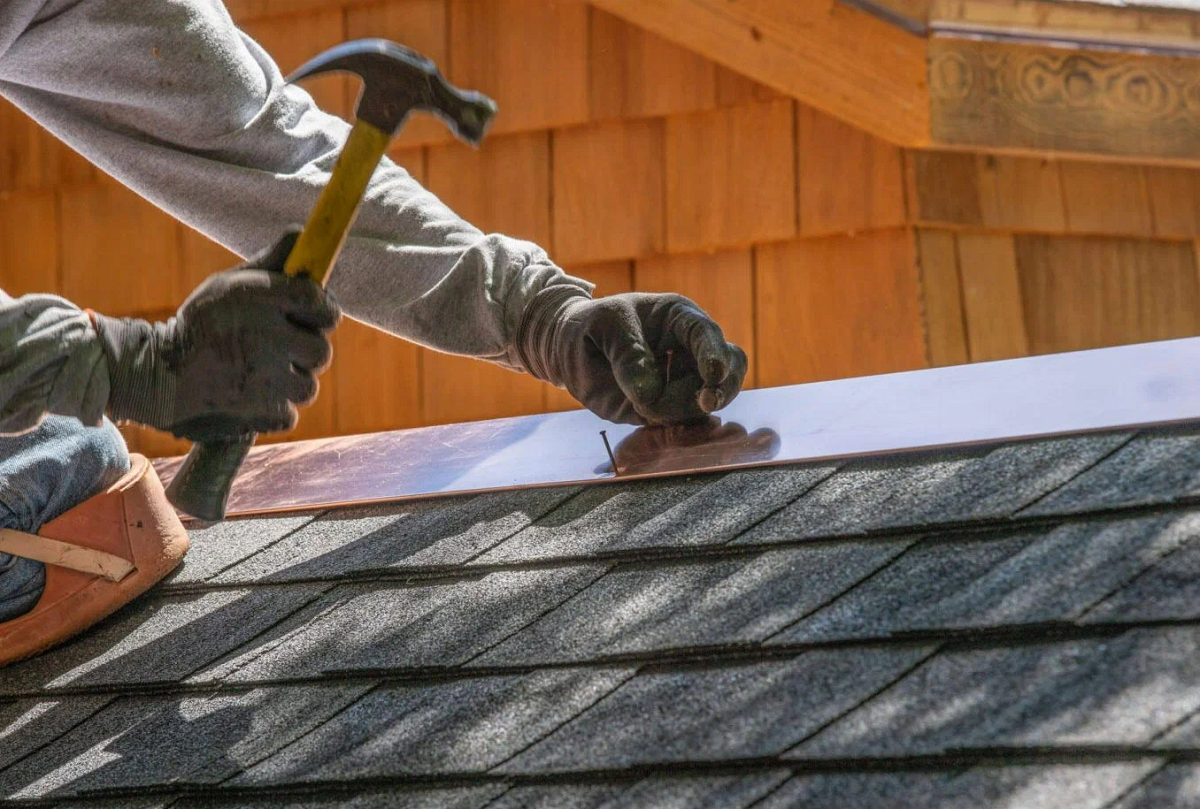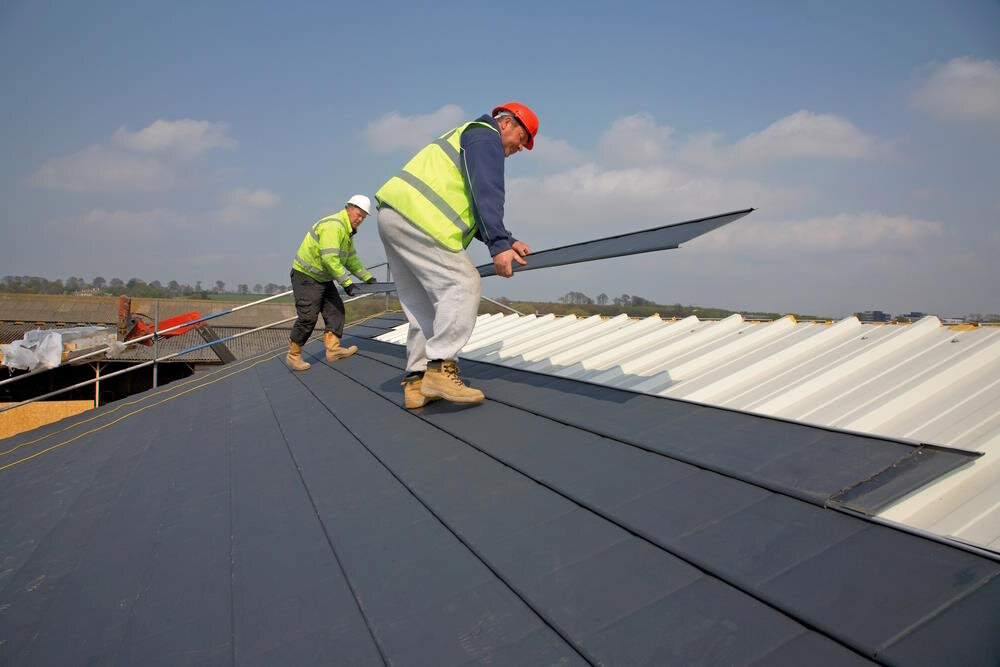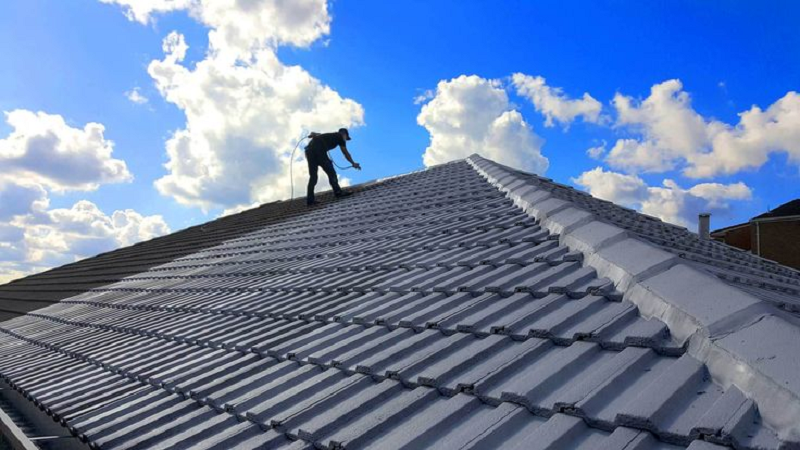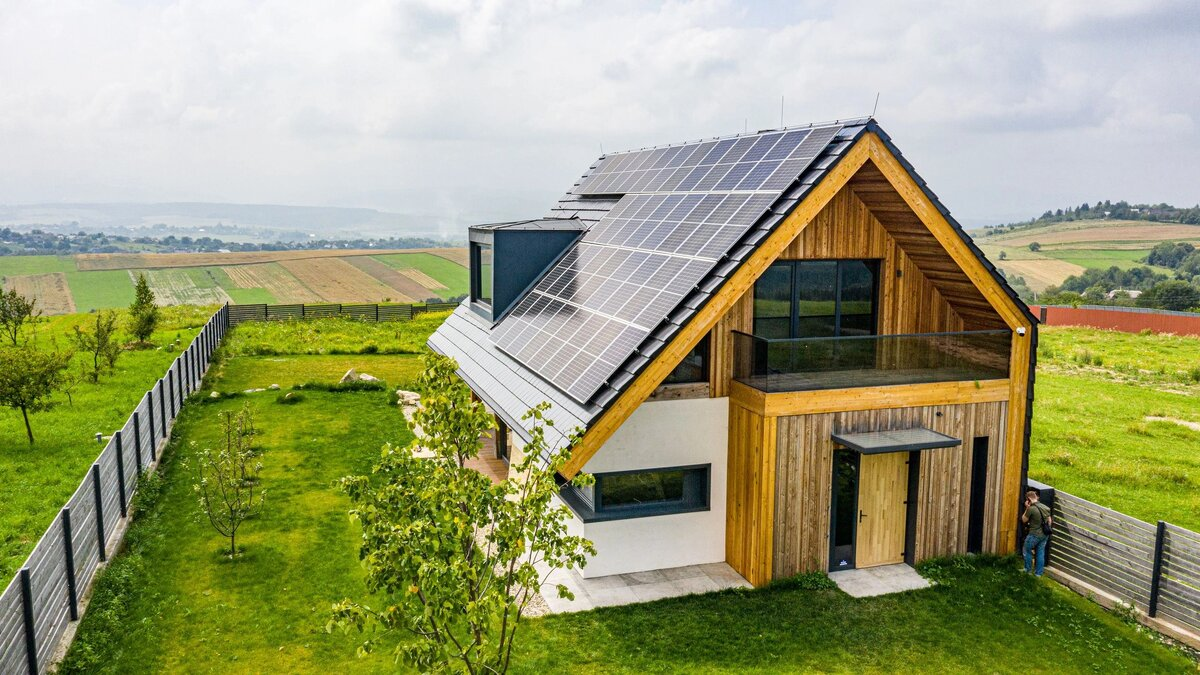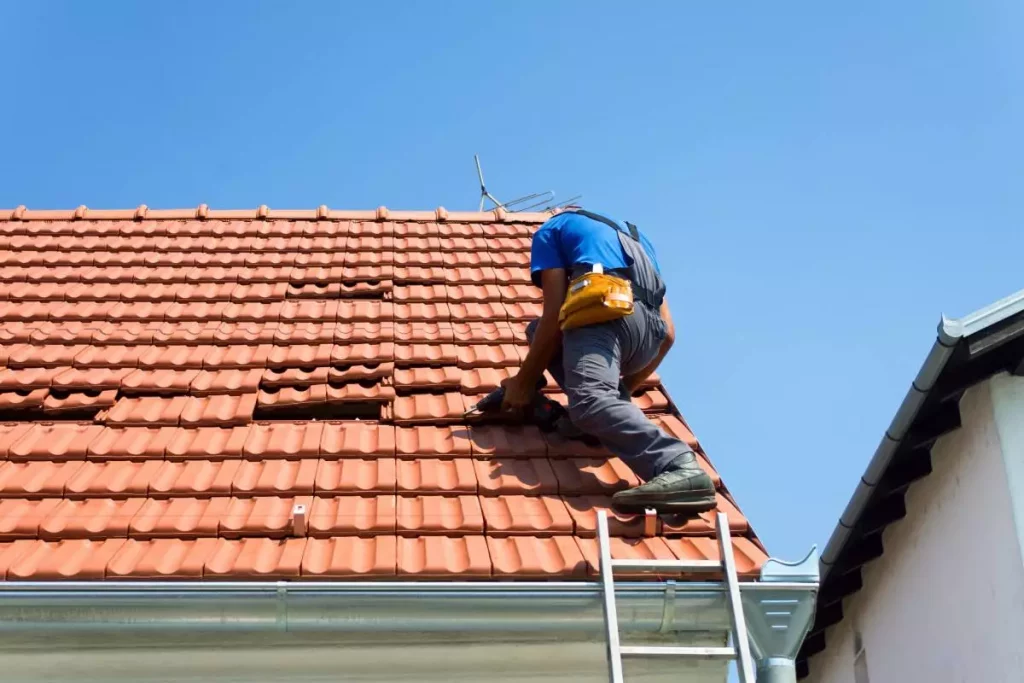CA. LIC#: 1075996
Exploring Eco-Friendly Roofing Materials
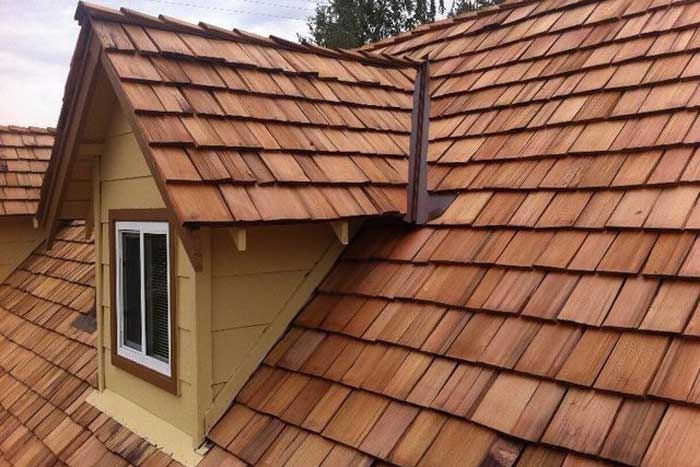
In today's environmentally conscious world, the choice of roofing materials plays a crucial role in sustainable construction practices. From reducing carbon footprints to enhancing energy efficiency, eco-friendly roofing materials have become a focal point for homeowners and builders alike. These materials not only promise durability and aesthetic appeal but also prioritize environmental responsibility throughout their lifecycle.
Exploring eco-friendly roofing materials unveils a spectrum of options designed to minimize environmental impact. Whether it's through the use of recycled materials, such as metal or rubber, or through innovative technologies like green roofs and solar tiles, these choices are reshaping the landscape of modern construction. By opting for sustainable roofing solutions, individuals contribute to mitigating urban heat island effects, improving air quality, and conserving natural resources.
As awareness grows about the benefits of sustainable living, roofing materials emerge as pivotal components in creating eco-friendly homes and communities. The quest for resilient, energy-efficient, and environmentally responsible roofing solutions continues to drive innovation and inspire a greener tomorrow.
Understanding Eco-Friendly Roofing: A Primer
Understanding eco-friendly roofing involves choosing materials and techniques that minimize environmental impact throughout their lifecycle. These roofs are designed to enhance energy efficiency, reduce carbon footprints, and contribute to sustainable building practices.
Key aspects include materials sourced from renewable or recycled sources, installation techniques that maximize insulation and reduce energy consumption, and designs that promote rainwater harvesting or solar energy integration.
By understanding these principles, homeowners and builders can make informed choices that not only benefit the environment but also improve long-term economic viability and comfort within buildings.
Benefits of Choosing Sustainable Roofing Materials
Choosing sustainable roofing materials offers numerous advantages that go beyond environmental benefits. These materials are designed to enhance building performance, improve indoor comfort, and contribute to long-term savings.
- Reduce Energy Costs: Sustainable roofs often provide better insulation, reducing heating and cooling needs.
- Enhance Durability: Many sustainable materials are durable and have a longer lifespan than traditional roofing.
- Support Environmental Conservation: By using recycled materials or those with lower environmental impact, sustainable roofing helps conserve natural resources.
- Qualify for Incentives: Many sustainable roofing options qualify for tax incentives, rebates, or green building certifications, which can offset initial costs.
- Increase Property Value: Properties with sustainable roofs are often more attractive to eco-conscious buyers and investors.
Choosing sustainable roofing materials not only benefits the environment but also offers financial savings, durability, and improved property value. It's a smart investment in both the present and future of your building.
Recycled Materials: Transforming Waste into Roofing Solutions
Recycled materials are revolutionizing the roofing industry by transforming waste into durable, eco-friendly solutions that meet the demands of modern construction. These innovative materials not only reduce environmental impact but also offer practical benefits for homeowners and builders alike.
- Environmental Responsibility: Utilizing recycled materials helps divert waste from landfills, contributing to sustainability efforts.
- Durability and Performance: Recycled roofing materials often exhibit comparable or superior durability to traditional options.
- Energy Efficiency: Certain recycled materials offer enhanced insulation properties, reducing heating and cooling costs.
- Aesthetic Versatility: From rubber tiles to composite shingles, recycled materials come in a variety of styles to suit different architectural designs.
- Cost-Effectiveness: Over time, the longevity and low maintenance of recycled roofs can lead to significant cost savings.
Incorporating recycled materials into roofing solutions not only supports environmental conservation but also provides practical advantages in terms of durability, energy efficiency, aesthetics, and cost-effectiveness.
Energy-Efficient Roofing Technologies: Solar Tiles and Beyond
Energy-efficient roofing technologies, such as solar tiles and advanced reflective coatings, represent cutting-edge solutions in sustainable construction. Solar tiles harness sunlight to generate electricity, reducing reliance on fossil fuels and lowering utility bills.
These tiles seamlessly integrate into roofing systems, offering aesthetic appeal while enhancing overall energy efficiency. Reflective coatings, on the other hand, minimize heat absorption, keeping buildings cooler in hot climates and reducing air conditioning demands.
Innovations like these not only contribute to environmental conservation but also position buildings for energy independence and resilience against fluctuating energy costs. As technology continues to evolve, the potential for energy-efficient roofing solutions to transform the urban landscape remains substantial.
Green Roofs: Bringing Nature Back to Urban Spaces
Green roofs are innovative solutions that reintroduce natural elements into urban landscapes, transforming conventional rooftops into thriving ecosystems.
- Enhanced Insulation: Green roofs improve building insulation, reducing energy consumption for heating and cooling.
- Stormwater Management: They absorb rainwater, reducing runoff and alleviating pressure on urban drainage systems.
- Urban Heat Island Mitigation: Green roofs help lower ambient temperatures in cities, mitigating the urban heat island effect.
- Improved Air Quality: Vegetation on green roofs filters pollutants and improves air quality in densely populated areas.
- Biodiversity Support: They create habitats for birds, insects, and plants, enhancing urban biodiversity.
Green roofs represent a holistic approach to urban sustainability, offering aesthetic appeal, environmental benefits, and economic advantages. By embracing green roof technologies, cities can mitigate climate impacts, improve quality of life, and foster resilient urban environments for future generations.
Durability and Longevity: Key Considerations for Eco-Friendly Roofs
Durability and longevity are critical factors to consider when opting for eco-friendly roofs, ensuring they withstand environmental challenges while minimizing maintenance needs and maximizing lifespan.
- Material Durability: Choose materials known for their resilience and ability to withstand weather extremes.
- Longevity Benefits: Longer lifespan reduces the need for frequent replacements, minimizing environmental impact.
- Maintenance Requirements: Understand the upkeep needed to preserve durability and ensure optimal performance.
- Environmental Impact: Consider materials that are recyclable or have high recycled content to promote sustainability.
- Cost Efficiency: Assess lifecycle costs versus initial investment to determine overall economic viability.
Prioritizing durability and longevity in eco-friendly roofing materials not only enhances building resilience but also supports sustainable construction practices.
Cost Considerations: Are Eco-Friendly Roofs Worth the Investment?
The cost-effectiveness of eco-friendly roofs extends beyond initial installation expenses to encompass long-term savings and environmental benefits. While upfront costs may be higher compared to traditional materials, factors such as energy savings, reduced maintenance, and extended lifespan contribute to overall affordability.
Moreover, eco-friendly roofs can qualify for tax incentives, rebates, or green building certifications that offset initial expenditures. When evaluating cost considerations, it's essential to assess the lifecycle costs and potential returns on investment associated with sustainable roofing choices.
In many cases, the economic advantages coupled with environmental stewardship make eco-friendly roofs a prudent investment for homeowners and businesses alike.
Environmental Impact: How Roofing Choices Affect Climate Change
Roofing choices significantly impact climate change mitigation efforts, influencing energy consumption, carbon emissions, and urban heat island effects. Opting for eco-friendly roofing materials can reduce environmental footprint and contribute to sustainable development goals.
- Reduced Carbon Emissions: Eco-friendly roofs enhance energy efficiency, reducing the reliance on fossil fuels for heating and cooling.
- Mitigated Urban Heat Island Effect: Green roofs and reflective coatings help lower urban temperatures, reducing energy demands.
- Improved Air Quality: Sustainable roofing materials decrease pollutants, enhancing local air quality.
- Biodiversity Conservation: Green roofs support wildlife habitats and promote urban biodiversity.
- Water Management: Sustainable roofs reduce stormwater runoff, easing pressure on drainage systems.
The environmental impact of roofing choices extends beyond energy efficiency to encompass broader ecological benefits. Choosing eco-friendly options not only mitigates climate change but also enhances urban livability and supports sustainable urban development.
Maintenance and Care Tips for Sustainable Roofing
Maintaining sustainable roofing involves regular inspection, cleaning, and proactive maintenance to ensure optimal performance and longevity. Depending on the material used, maintenance requirements may vary, but general practices include clearing debris, checking for leaks or damage, and inspecting seals and coatings.
Regular cleaning helps prevent the buildup of dirt, algae, or debris that can compromise roofing integrity and efficiency. Additionally, scheduling professional inspections and repairs as needed can extend the lifespan of eco-friendly roofs and maximize their environmental and economic benefits.
By investing in routine maintenance and care, homeowners and building managers can preserve the integrity of sustainable roofing systems while minimizing repair costs and environmental impact over time.
Case Studies: Successful Applications of Eco-Friendly Roofing Materials
Numerous case studies highlight the successful application of eco-friendly roofing materials in diverse settings and climates. Examples include residential homes, commercial buildings, and institutional facilities that have adopted solar roofs, green roofs, or recycled-content roofing solutions.
These case studies demonstrate measurable benefits such as energy savings, improved indoor comfort, and enhanced building aesthetics. They also showcase innovative approaches to sustainability in construction, inspiring broader adoption of eco-friendly roofing practices across industries.
By studying real-world examples, stakeholders can gain insights into the performance, cost-effectiveness, and environmental impact of different sustainable roofing options, ultimately informing their own building projects and contributing to global efforts towards sustainable development.
Exploring eco-friendly roofing materials unveils a multitude of benefits that extend beyond environmental conservation to encompass durability, energy efficiency, and long-term cost savings. By opting for sustainable options like recycled materials, energy-efficient technologies, and green roofs, homeowners and builders not only contribute to mitigating climate change but also enhance the resilience and value of their properties. These choices are pivotal in creating healthier urban environments, reducing energy consumption, and supporting local economies through innovative practices.
To embark on your journey towards a more sustainable roofing solution, consider Avalon Roofing Services at (209) 380-1275. Our expert team specializes in eco-friendly roofing installations that prioritize quality craftsmanship and environmental responsibility. Whether you're interested in solar tiles, green roofs, or durable recycled materials, Avalon Roofing Services offers tailored solutions to meet your needs and exceed your expectations.
Make a difference today by choosing eco-friendly roofing materials that safeguard our planet's future while enhancing the comfort and efficiency of your home or business.
Contact Avalon Roofing Services to discuss your sustainable roofing options and take the first step towards a greener tomorrow. Together, we can build towards a more sustainable and resilient future for generations to come.
We are a licensed roofing contractor in Manteca, CA specializing in residential and commercial roofing services. We service Manteca CA, Lathrop CA, French Camp CA, Modesto CA, Mountain House CA, Tracy CA, and other surrounding cities.
Quick Links
© 2023 Content, including images, displayed on this website is protected by copyright laws. Downloading, republication, retransmission or reproduction of content on this website is strictly prohibited.
